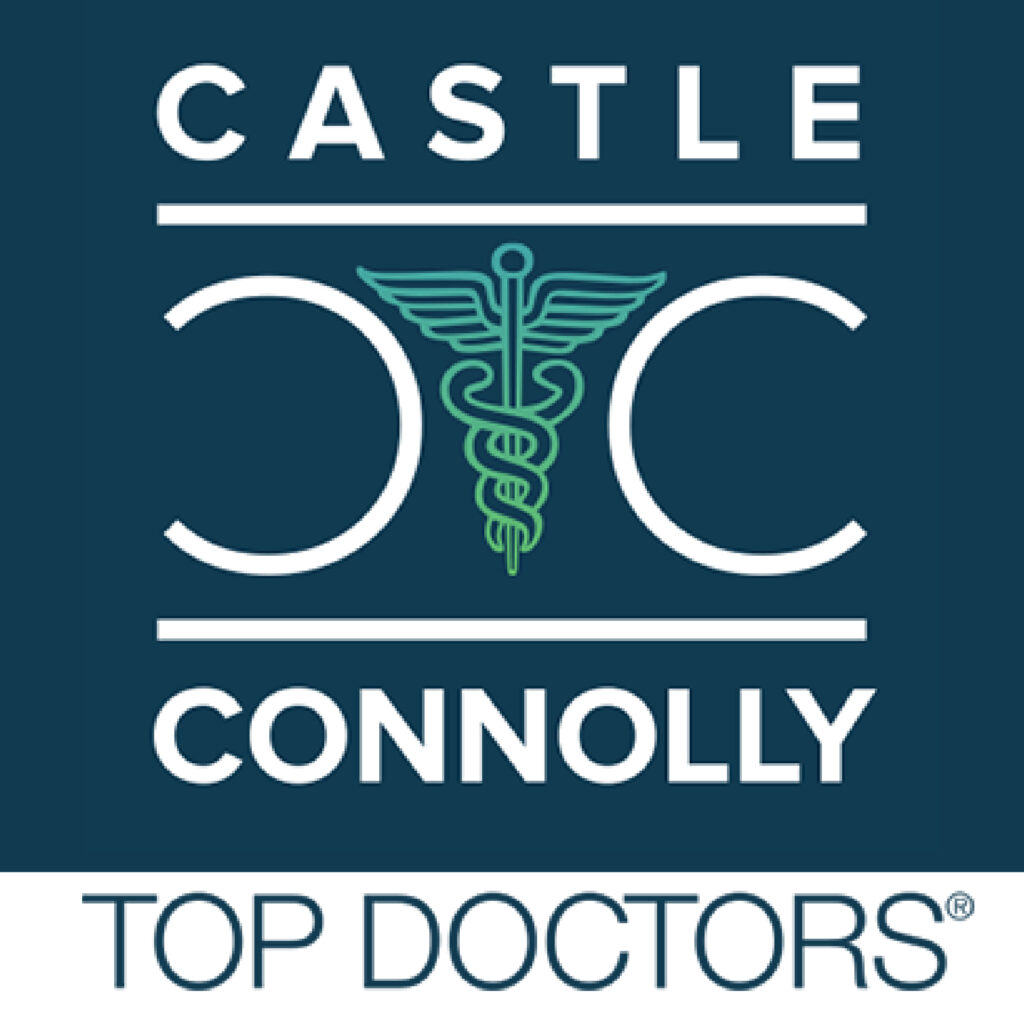The knee is a very important joint as it is responsible for supporting the lower body and walking and running movements.
Some of the most common knee injuries are partial knee ligament tears. These can often occur during sports where the knee is overextended in a certain direction – or just something as simple as missing a step on a staircase. When the ligament is torn it is classified as a partial or complete tear with partial ligament tears are less common than complete tears. However, partial ligament tears are a special type of injury that requires the attention of an orthopedic specialist.
Before learning about how partial knee ligament tears occur and are subsequently treated, it is important to go over some related anatomy.
Related Anatomy
The ligaments that make up the knee are called the cruciate and collateral ligaments. The cruciate ligaments are the anterior cruciate ligament (ACL) and posterior cruciate ligament (PCL). The collateral ligaments are the medial collateral ligament (MCL) and the lateral collateral ligament (LCL). The four ligaments work together to stabilize and move the knee. Each ligament is like a taut rope that connects the knee bones to one another. When a ligament is sprained or torn, the knee does not function properly. The symptoms associated with a ligament injury range in severity depending on the seriousness of the injury. Partial knee tears typically cause pain and swelling as well as knee instability and limit range of motion.
Causes of Partial Knee Ligament Tears
Partial knee ligament tears are most frequently sustained by athletes and active individuals, particularly those that perform high impact running, jumping, and cutting movements. Football, gymnastics, basketball, and soccer are some (but not all) of the sports that athletes tear their knee ligaments playing.
The initial symptoms of partial ligaments tear are usually significant enough to cause one to make an appointment with an orthopedic specialist. A general rule of thumb to follow is to make an appointment with an orthopedic specialist if knee pain and swelling do not decrease after rest, ice, elevation, and over-the-counter anti-inflammatory medication treatment options are used. Total Orthopedics and Sports Medicine has 5 locations throughout Long Island, Brooklyn and the Bronx.
Treatment Options for Partial Knee Ligament Tears
The majority of partial knee ligament tears are treated using nonsurgical treatment options. The following are used to decrease inflammation, swelling, and pain after the injury occurs:
- Rest, ice, compression, and elevation (RICE). Used at home for a period of 1-3-days.
- Non-steroidal anti-inflammatory drugs (NSAIDs). Over-the-counter and prescription oral medications.
The following are used to help a partially torn ligament heal and improve knee strength and function:
- Bracing the knee allows motion while protecting the ligament which has been shown to improve healing (especially for the medial collateral ligament) as compared to strict immobilization.
- Physical therapy. Exercises improve muscle strength and flexibility.
The treatment plan prescribed by an orthopedic specialist typically includes all of these treatment options.
Seeking Treatment for Partial Knee Ligament Tears
Knee injuries should be seen by an orthopedic specialist. If you have sustained a knee injury, please contact one of our 5 offices throughout Long Island, Brooklyn and the Bronx to make an appointment. Your injury will be properly diagnosed and a personalized treatment plan will be prescribed to eliminate your symptoms and improve your knee function. Expect results when you choose Total Orthopedics and Sports Medicine!
Renowned experts Dr. Charles Ruotolo and Dr. Richard McCormack, lead our awarded Knee Team. Fortunately, many patients can be treated non-surgically with a combination of conservative modalities coordinated by the Total Orthopedics and Sports Medicine Team. If surgery is necessary, the practice uses a multidisciplinary approach to create a treatment plan that focuses on the patient’s lifestyle and activities and helps them get back to those activities quickly and effectively.







 Website Design by
Website Design by